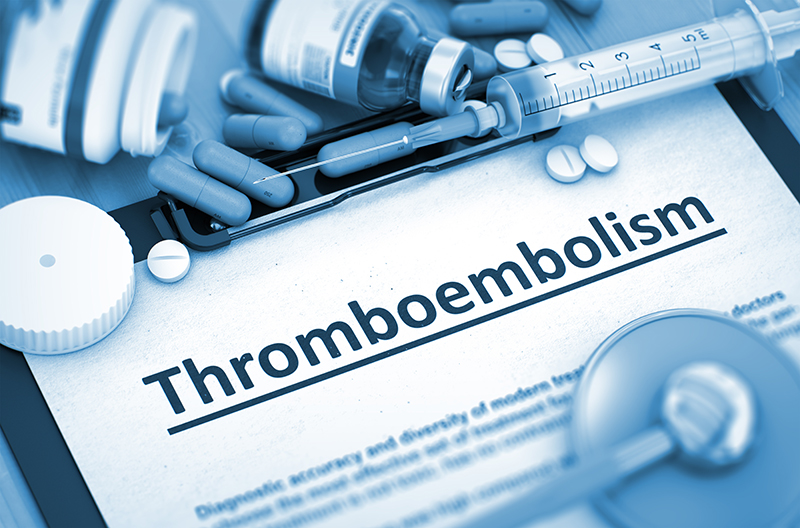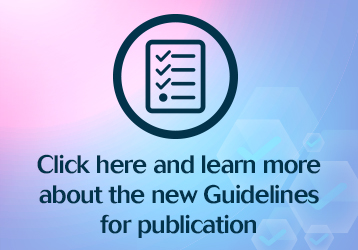Volume 32, Nº 5, September and October 2019
DOI: http://www.dx.doi.org/10.5935/2359-4802.20190073
EDITORIAL
Risk Scores for Stroke Prevention in Patients with Non-Valvular Atrial Prevention: Is it Time to Put Parameters of Left Atrial Appendage Morphology and Function Into Clinical Practice?
Angelo A. V. de Paola

Overall, one-third of thromboembolic events originated from the heart. Left atrial appendage (LAA) and its anatomic complexity has been implicated in 90% of cases of thrombus formation and cardioembolic events in patients with non-valvular atrial fibrillation (AF). Risk scores to predict thromboembolism from AF, such as CHADS2 and CHA2DS2VASc are widely used to guide anticoagulation therapy1 and varies in relation to comorbidities associated with the thrombogenic substrate; however, because of its clinical conception, they did not include atrial anatomy (atrial enlargement), function (flow velocities) and electrophysiology (atrial fibrillation burden). Patients with CHA2DS2VASc score ≥ 2 are at intermediate or higher risk (event rate ≥ 2-3%/year) and anticoagulation is recommended. Left atrial variables such as LAA function and morphology, routinely studied by transesophageal echocardiography (TEE), were not considered in these scores.
Keywords: Stroke; Atrial Fibrillation; Atrial Apendage; Arrhytmias, Cardiacs; Myocardial Contraction; Echocardiography, Transesophageal.











